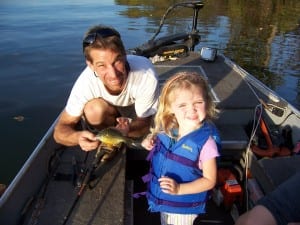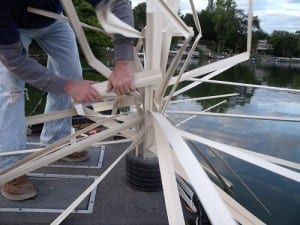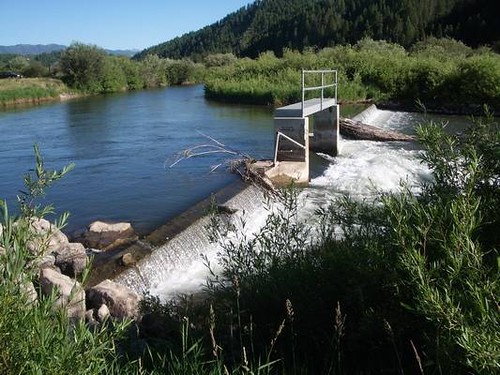Ottawa pledges $284 million to expand protections for fish habitats

The federal government will spend $284 million over the next five years to enforce new laws protecting habitat wherever fish are present, Fisheries Minister Dominic LeBlanc says.
A number of amendments to the Fisheries Act were introduced in the House of Commons Tuesday morning to expand the reach of a prohibition against anything that alters or impacts fish habitat to all waters where fish exist.
Changes to the act in 2012 meant the protections were enforced only for fish listed in provincial registries as being part of commercial, recreational or Indigenous fisheries.
Officials with Fisheries and Oceans Canada said in Ottawa today the 2012 changes resulted in a lot of confusion about exactly what projects would require a federal government assessment, because it wasn’t always clear which fish needed protecting and which didn’t.
The government intends to produce regulations that will spell out exactly which projects will require a federal assessment and ministerial permit to proceed and which will not. The department is consulting on those regulations now.
As well, any reviews done will be captured in a public registry so the public can see the results of every review, something that is not required now.
The act also will require the minister to take into account Indigenous knowledge and expertise when it is provided and all decisions must take into account the possible impacts on Indigenous rights. However that knowledge will be protected from being revealed publicly or even to a project’s proponents without explicit permission from the Indigenous community or people who provided it.
The $284 million will be allocated to help implement and enforce the new law, including hiring new fisheries officers to enforce the act and educate people about it, however officials say there are no details yet about how many will be hired and when.
The legislation also will make it illegal to capture whales, dolphins and porpoises in Canadian waters for the purpose of keeping them in captivity. Officials say existing permits for such activities will be honoured, but in the future only animals captured because they are in distress, injured or in need of care can be held in captivity in Canada.
The amendments to the Fisheries Act are part of a package of government changes to the federal environmental assessment process and fulfills a mandate item issued to LeBlanc when he became the minister.
The bill will be followed later this week by another one that will overhaul the National Energy Board, as well as revise the Navigable Waters Protection Act.
Martin Olszynski, a University of Calgary law professor who worked as a lawyer for the Department of Fisheries and Oceans between 2007 and 2013, said the 2012 changes made to the Fisheries Act differentiated between fish that matter and fish that don
“More substantively, it signalled to a lot of people in Canada that suddenly this prohibition didn’t matter,” Olszynski said. “So you had what was already a very under-regulated issue which impacts fish and fish habitat mostly as a result of resource development becoming that much less supervised.”
He said after the act was introduced the number of projects referred to Fisheries and Oceans Canada for assessment was cut in half. Officials expect the number of referrals and project reviews will go back up, but they said it’s too early to say how many more assessments will be done.
There have been between 80 and 400 reviews in recent years. Lots more habitat news at fishiding.com
The government has been studying these changes since 2016, with online consultations, meetings with Indigenous communities and governments and a study by the House of Commons fisheries committee.



















 View All Images (5)
View All Images (5)